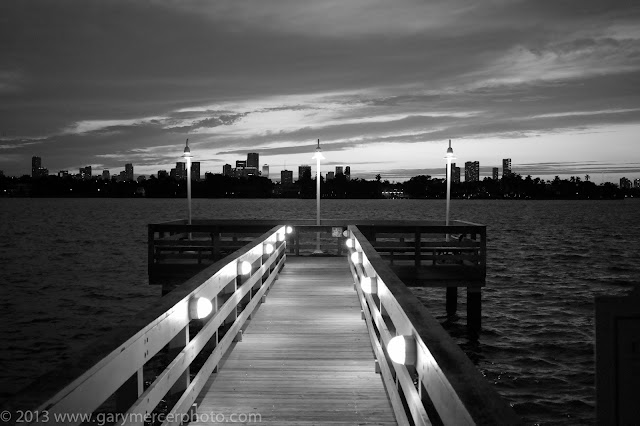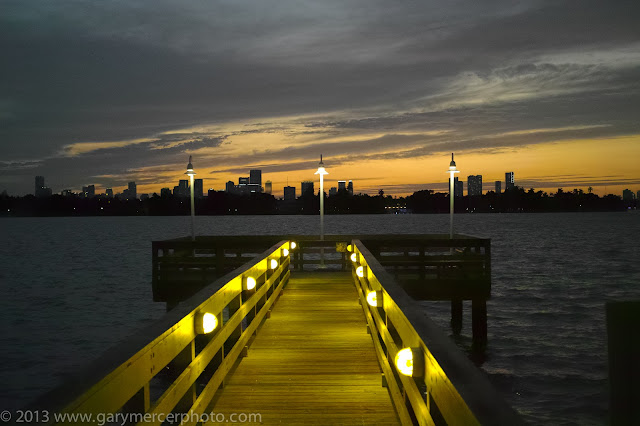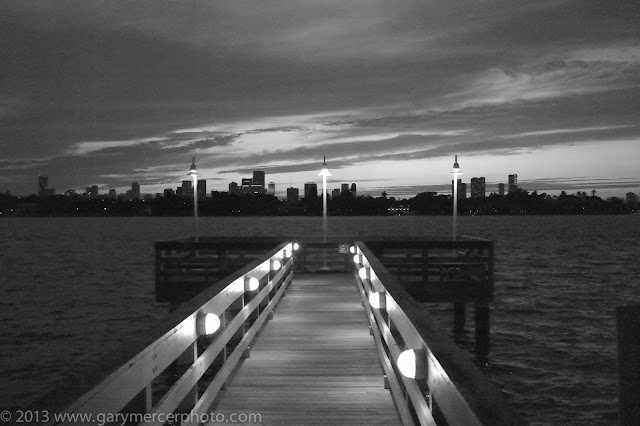Scenario: Hand a Top Pro Model Photographer a DP2 Merrill and get his opinion on the image quality.
John Fisher is one of Miami's Top Photographers and happens to be my neighbor. He has photographed Presidents at the White House, covered the Olympics and shot for fashion magazines like ELLE. I like his attitude about the pro photography business. He said that hot new photographers come in, make a splash in the business with the newest " In" look and they really peak with amazing success then other photographers copying his look and after a while the artistic director decides he can go with photographer XYZ as the, "Look" is no longer " In". Nothing worse than washing out of the business because you can't change to keep up with current trends or continue to be creative and grow as a photographer. John knows how it feels to be at top of his game but has been consistent, knowing that its not being on top that is important, it consistently getting the commercial work that makes a great photographer--he doesn't need to be number one--just wants to be the one that gets called for the job. At 66 when most photographers are retiring, John loves what he is doing so much that he's hoping that he gets another five good years in the business and hopes to retire at the top of his game. John has an amazing eye for color. His technical knowledge is superb, honed from years of experience. An artistic director can describe to John what he is looking for and John intuitively always delivers. Whether shooting movie stars, Tv personalities or upcoming models or Presidents, he tells me that the key to being a photographer isn't being great It about being "good"all the time and having the right expectations.
John asked to use my dogs as models in the photo shoot. "Buddy" and " Lucky the Gangster" agreed to do the shoot with the Actress. During the break, John told me the parameters he wanted set on the DP2M (F4.0 Aperture Priority, Auto White Balance) and I handed him the camera.
He only had a couple minutes to snap some shots. It was ironic that he chose to photograph dogs as there is a joke in the photography world that the first thing photographers always do with a new camera in their hands is to photograph a pet. Here are my pets below--you might recognize these famous dachshunds . If you click on the images, you should be able to see larger versions.
Raw image processed a the standard color setting
Raw Image processed with the new Monochrome and film simulation--very slight film grain was added for a retro look
Raw image above with a rough film image grain added to simulate black and white film.
Raw image above processed with the Monochrome with very slight film grain for a rich blacks and contrast.
Raw Image with Standard Color setting
Raw Image Above Processed with no film grain added with the monochrome setting in SPP 5.5.
The image above was processed in Sigma Photo Pro Software 5.5 raw in the Neutral colorspace.
The raw image above was processed using the Standard color setting.
Raw Image above processed with the Monochrome setting with film grain added.
John added an artistic touch to the photos by lying on the ground, shooting at the dog's level and playing with the perspective of the scene, taking advantage of the slightly wide " Normal" 30mm f2.8 lens of the DP2M which is equivalent to about a 45mm lens on a full frame camera. He nailed the moving dogs with the tiny camera. Notice how Lucky the Gangster is having a party, barking, growling for attention and having a good time? I thought for sure that the shoot with the DP2M was a bust. I was surprised that John got any images in focus--as the dogs never stopped moving. However this is where experience of shooting Olympic sports comes in handy and knowing how to shoot moving objects with a simple camera. You have to remember that many of us " Old Timers" spent years using manual focus cameras to shoot sports, so any autofocus is dramatic step up in accuracy and keeper rates.
Later on I showed him the edited images he was very surprised at the high image quality. I enlarged the images to 100 percent, then to 200 percent and John was amazed. He had no idea that he was shooting with a camera that can produce an image comparable to one shot with a 30 MP camera. Here is the interview I did with John below.
One of the great things about being surrounded by great photographers like John is that I get to sit down, swap stories and always learn something, a tip etc. John said he'd been shooting with Paul C Buff Einstein studio lighting for years and thinks it is just about the best available as these strobes give consistent color temperature as you dim them, saving having to redo custom white balance every time you increase or dim the strobes. Said these were the best in the business---so I thought that was a very nice tip for someone out there thinking about picking up some studio strobes. I know when I upgrade my strobes, I'm going with Einstein strobes.
John is looking forward to when I get a DP3M and getting his hands on it and really put it to the test. I'll keep you posted.
HAPPY SHOOTING!



































